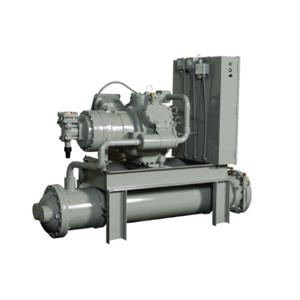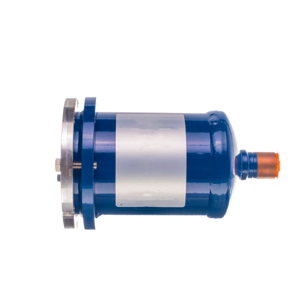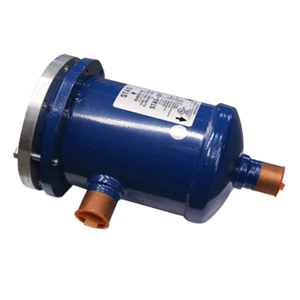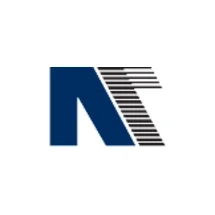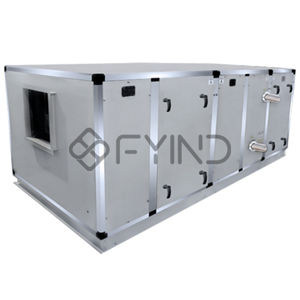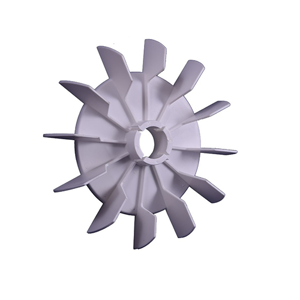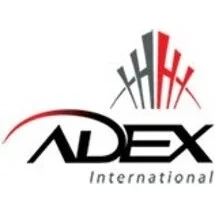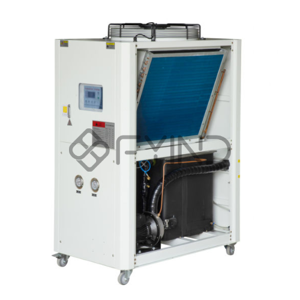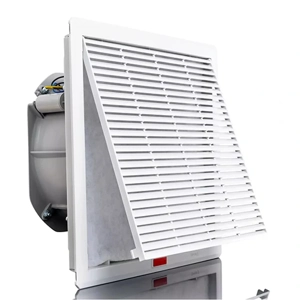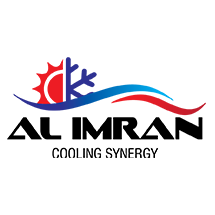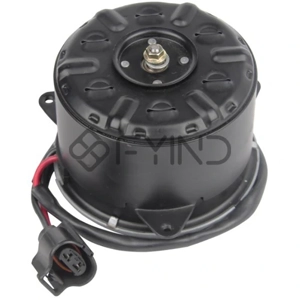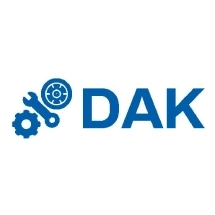Air conditioning, power plants, chemical, petrochemical, petroleum refineries, natural gas processing, and sewage treatment use refrigeration and heat exchange equipment. These devices transfer heat between different-temperature fluids.
This simplifies cooling and heating. Heat exchangers comprise most cooling and heat exchange equipment. They transfer heat to a working fluid.
Heat exchangers transfer heat between fluids without mixing them. Most heat exchangers are plate and frame or shell and tube. Heat exchanges include shells, tubes, plates, frames, and swirls. Each has perks and downsides, depending on the application.
Heat exchangers are not the only cooling and heat exchange tools. Compressors, condensers, evaporators, and expansion valves. These pieces provide effective cooling and heating systems.
A refrigerator system utilizes refrigerant to cool anything. Refrigerators have four parts: the compressor, condenser, expansion valve, and evaporator.
Many companies need refrigeration and heat exchange equipment. These companies must continuously develop innovative refrigeration and heat exchange technology to meet the growing demand for energy-efficient cooling and heating.
Finally, many firms use refrigerators and heat exchangers. They transfer heat between different-temperature fluids. This simplifies cooling and heating. Most cooling and heat exchange equipment uses heat exchangers, although there are numerous more.
These companies must continuously develop innovative refrigeration and heat exchange technology to meet the growing demand for energy-efficient cooling and heating.
1. What is refrigeration?
Ans: Refrigerators chill or freeze goods by eliminating heat. Refrigerators, freezers, and ACs are included.
2. Heat exchange equipment?
Ans: Heat exchangers transmit heat between fluids. Heat exchangers, evaporators, and condensers are included.
3. What refrigeration equipment is common?
Ans: Refrigerators, freezers, air conditioners, and commercial refrigeration units are typical refrigeration equipment.
4. What heat exchange equipment is common?
Ans: Evaporators, condensers, and cooling towers are popular heat exchange equipment.
5. What are refrigeration and heat exchange applications?
Ans: Food storage, air conditioning, chemical processing, and power generation require refrigeration and heat exchange equipment.
Popular Categories
Popular Categories

